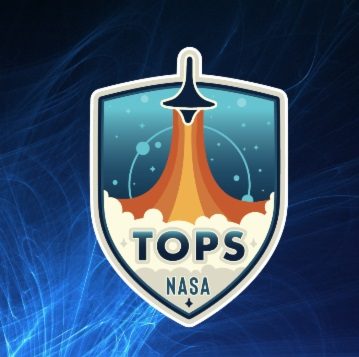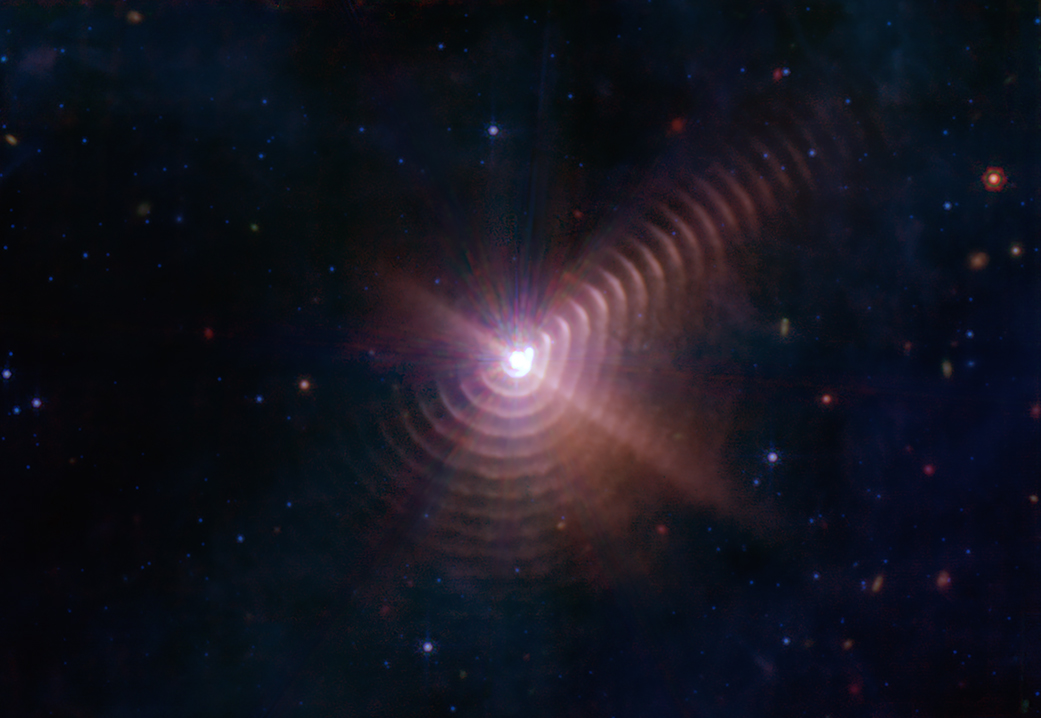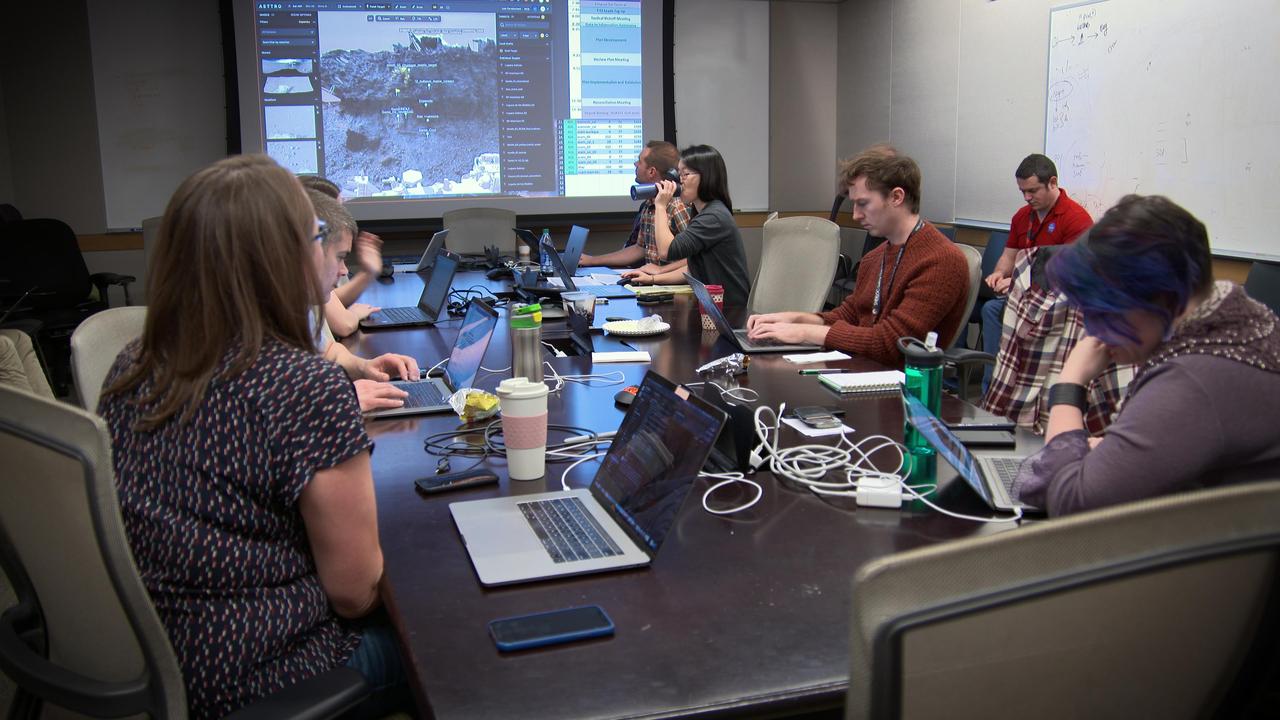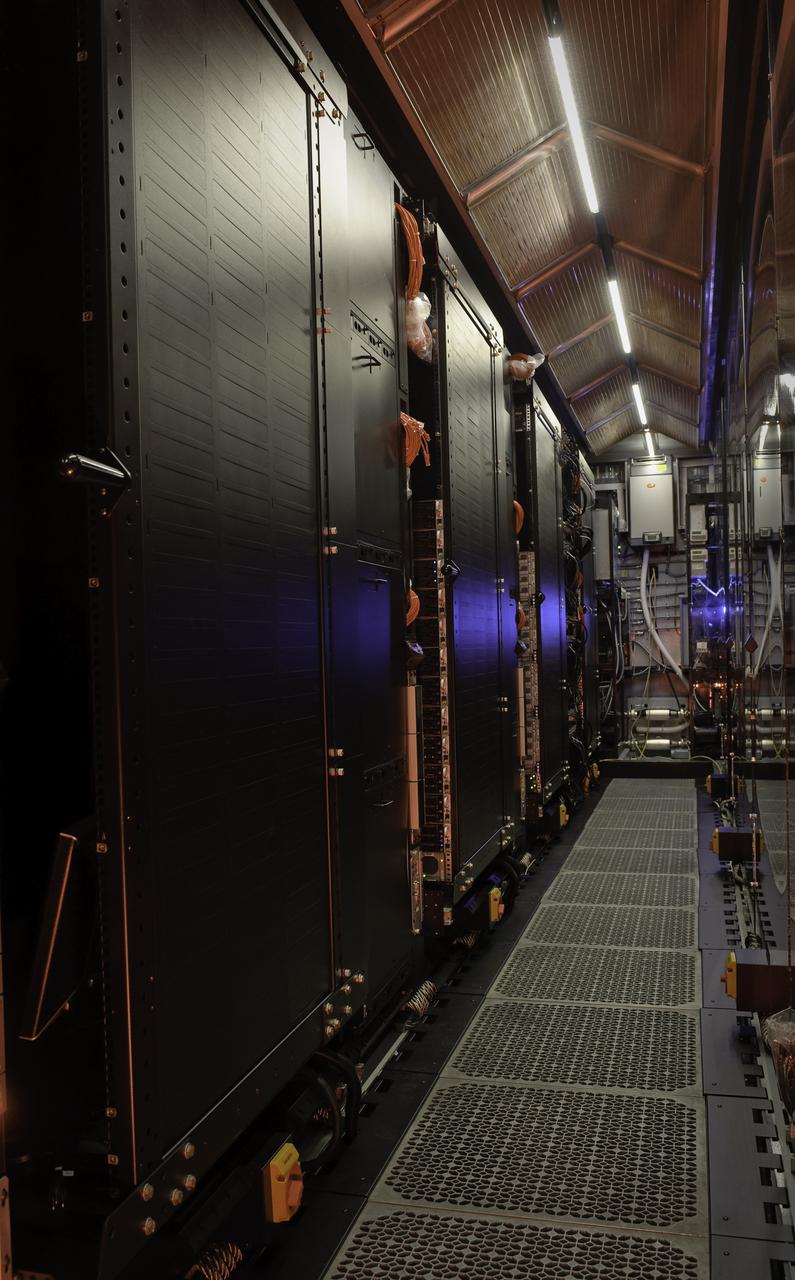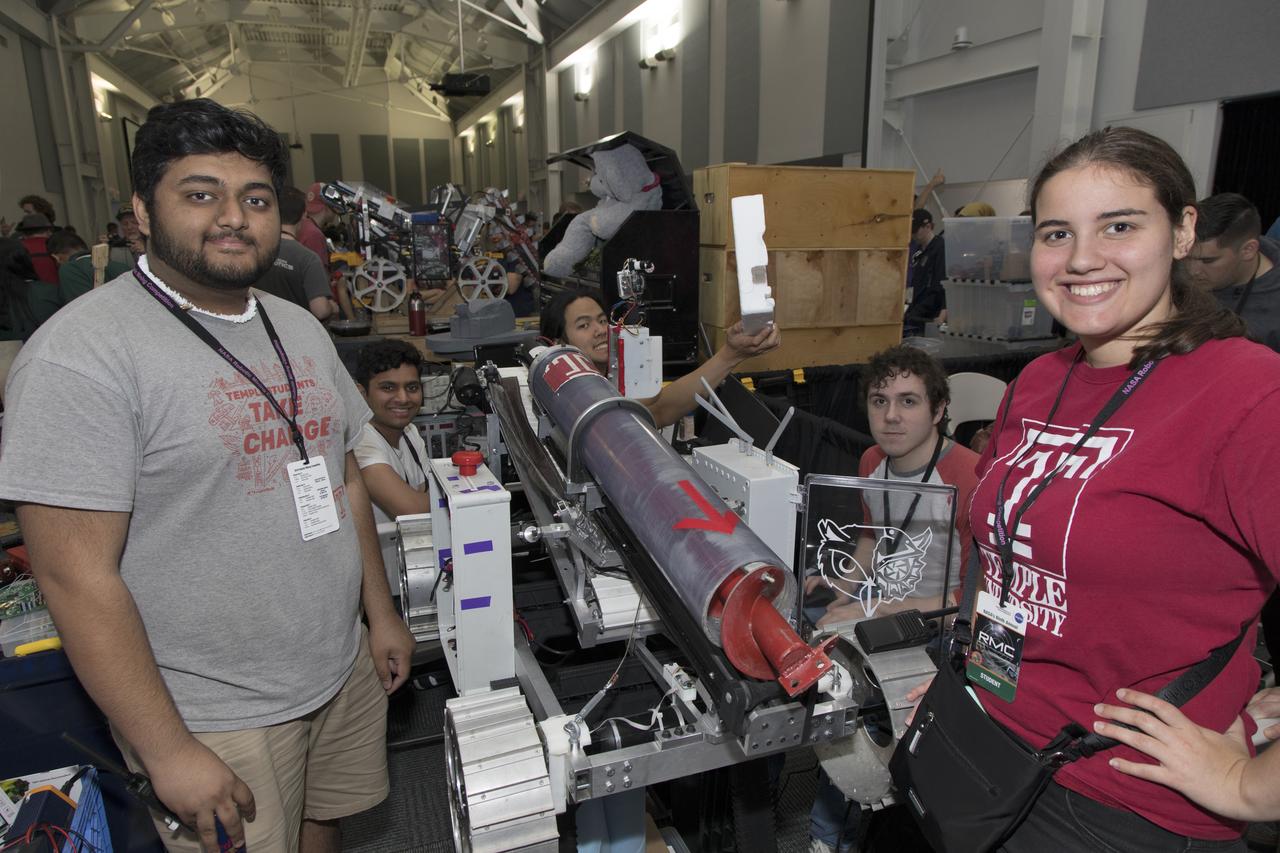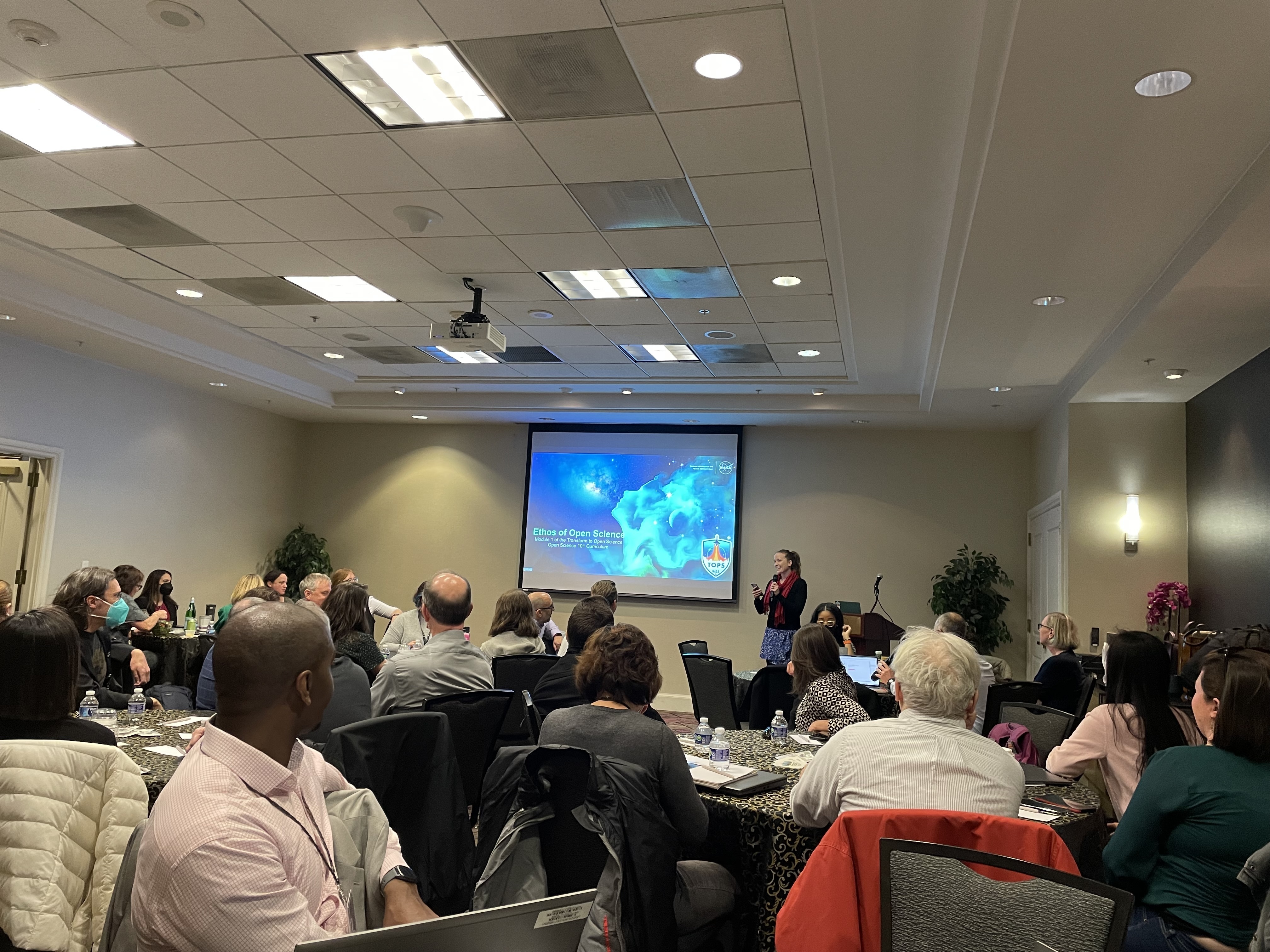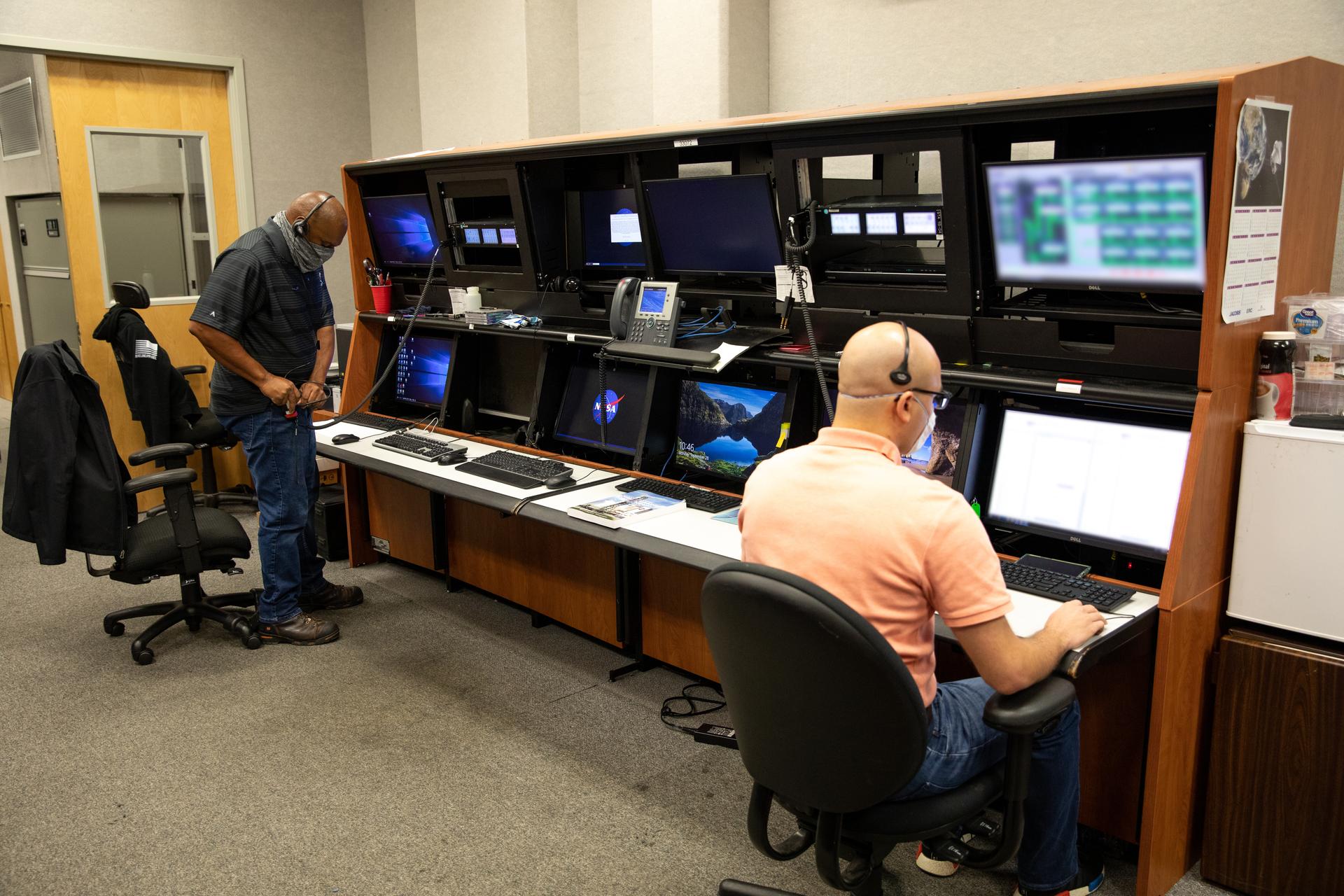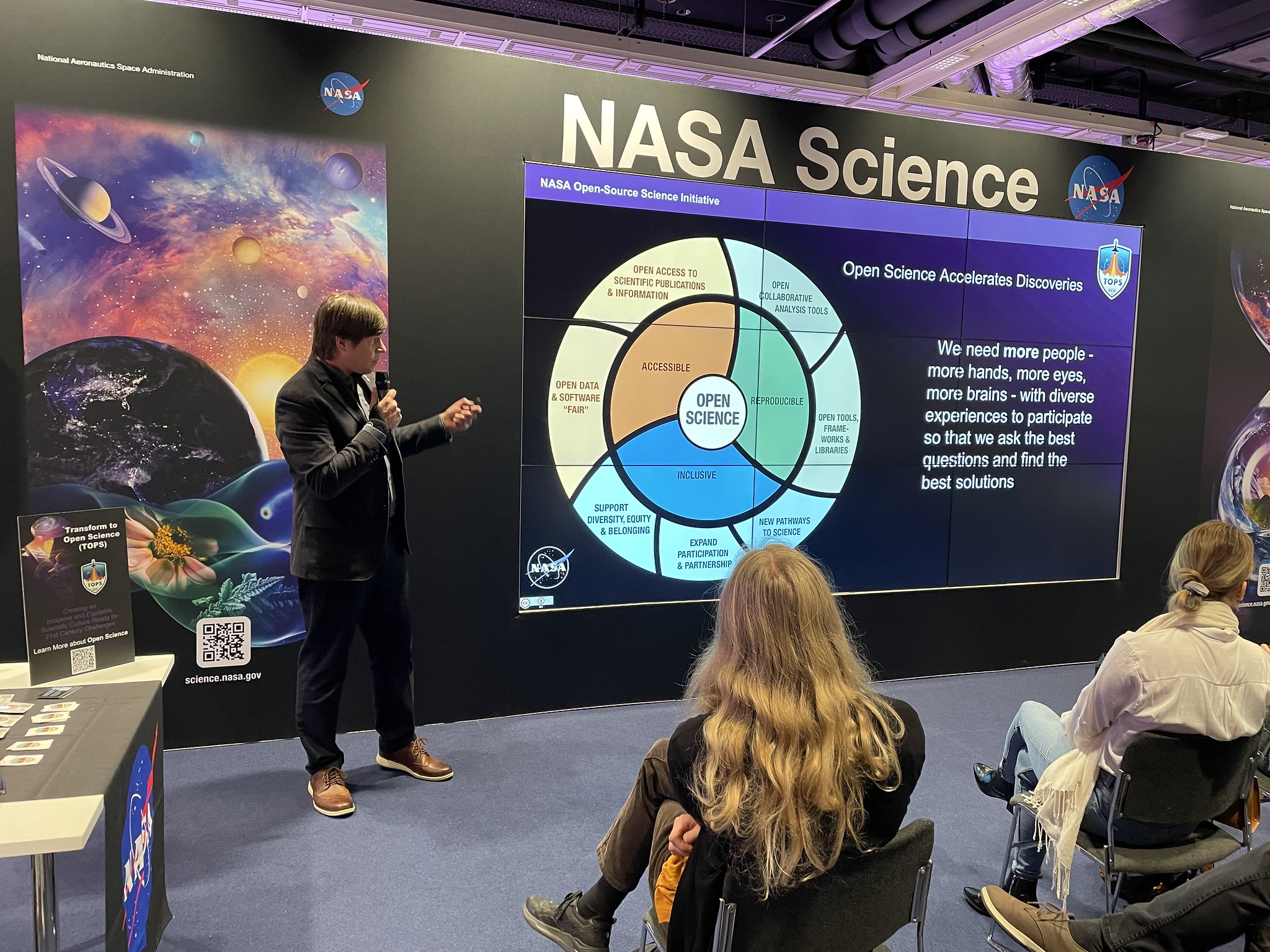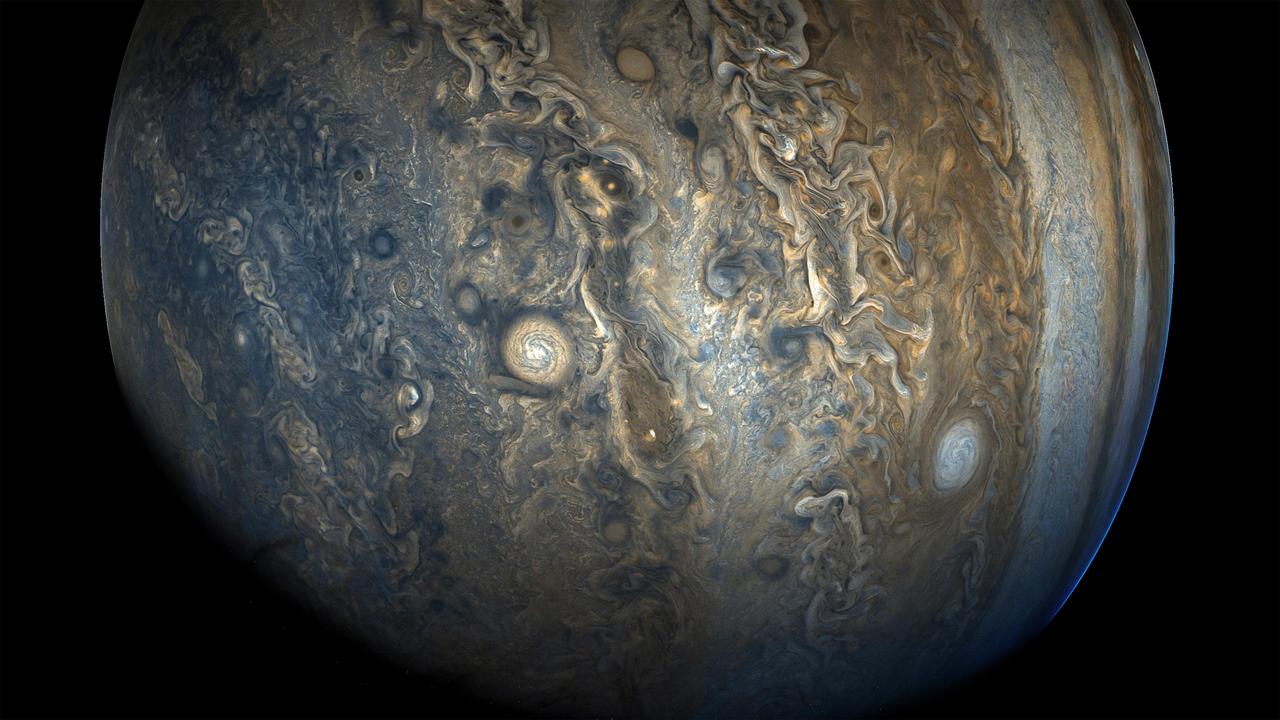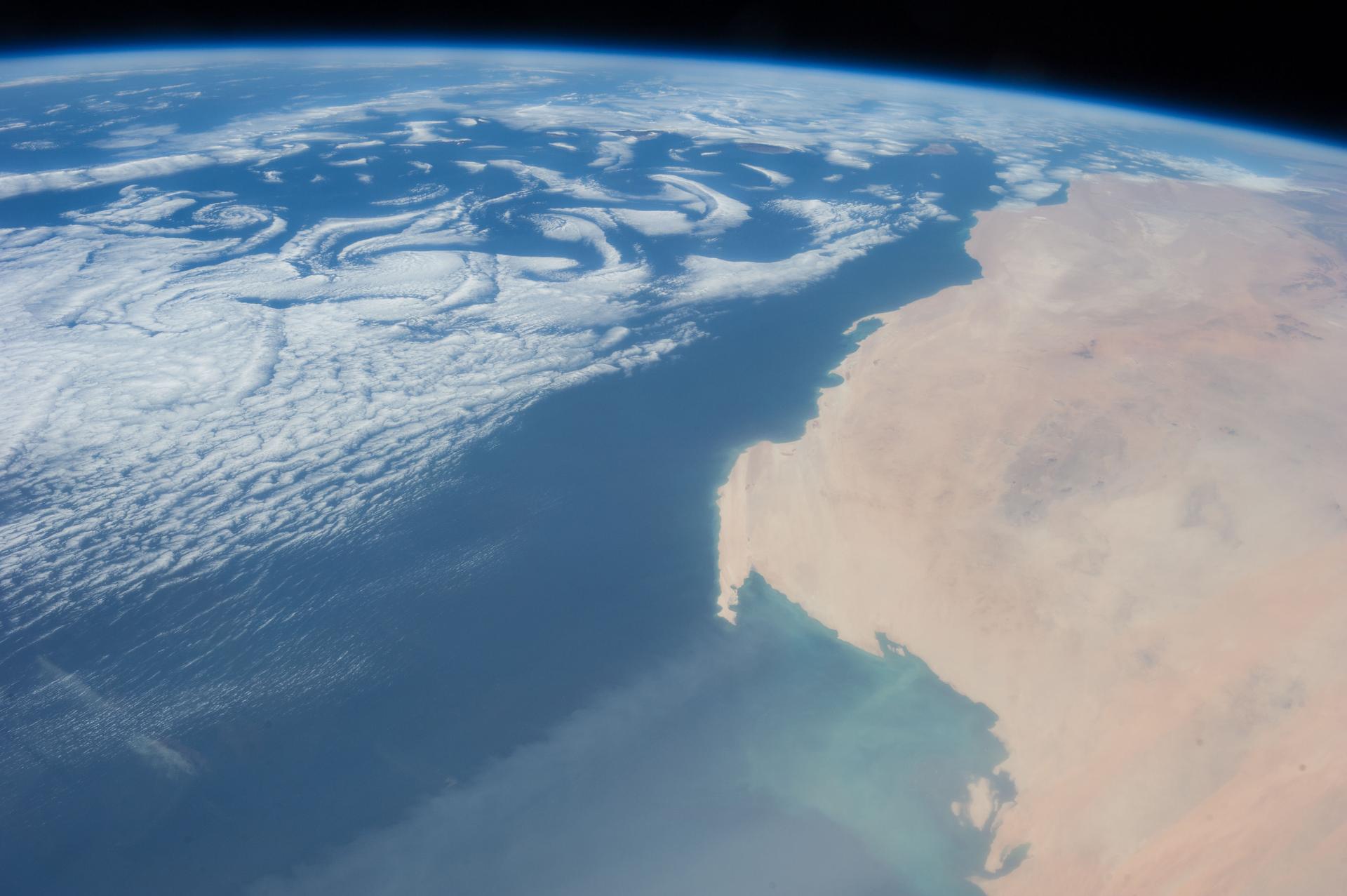
Open Science at NASA
NASA is making a long-term commitment to building an inclusive open science community over the next decade. Open-source science is a commitment to the open sharing of software, data, and knowledge (algorithms, papers, documents, ancillary information) as early as possible in the scientific process.
Open Principles
The principles of open-source science are to make publicly funded scientific research transparent, inclusive, accessible, and reproducible. Advances in technology, including collaborative tools and cloud computing, help enable open-source science, but technology alone is insufficient. Open-source science requires a culture shift to a more inclusive, transparent, and collaborative scientific process, which will increase the pace and quality of scientific progress.
Open science Facts
Learn More About Open Science
NASA’s Transform to Open Science (TOPS) initiative helps people understand and implement open science practices in their own work. This initiative created Open Science 101, a free online training course to give researchers, academics, and the public a practical working knowledge of open science principles.
Take Open Science 101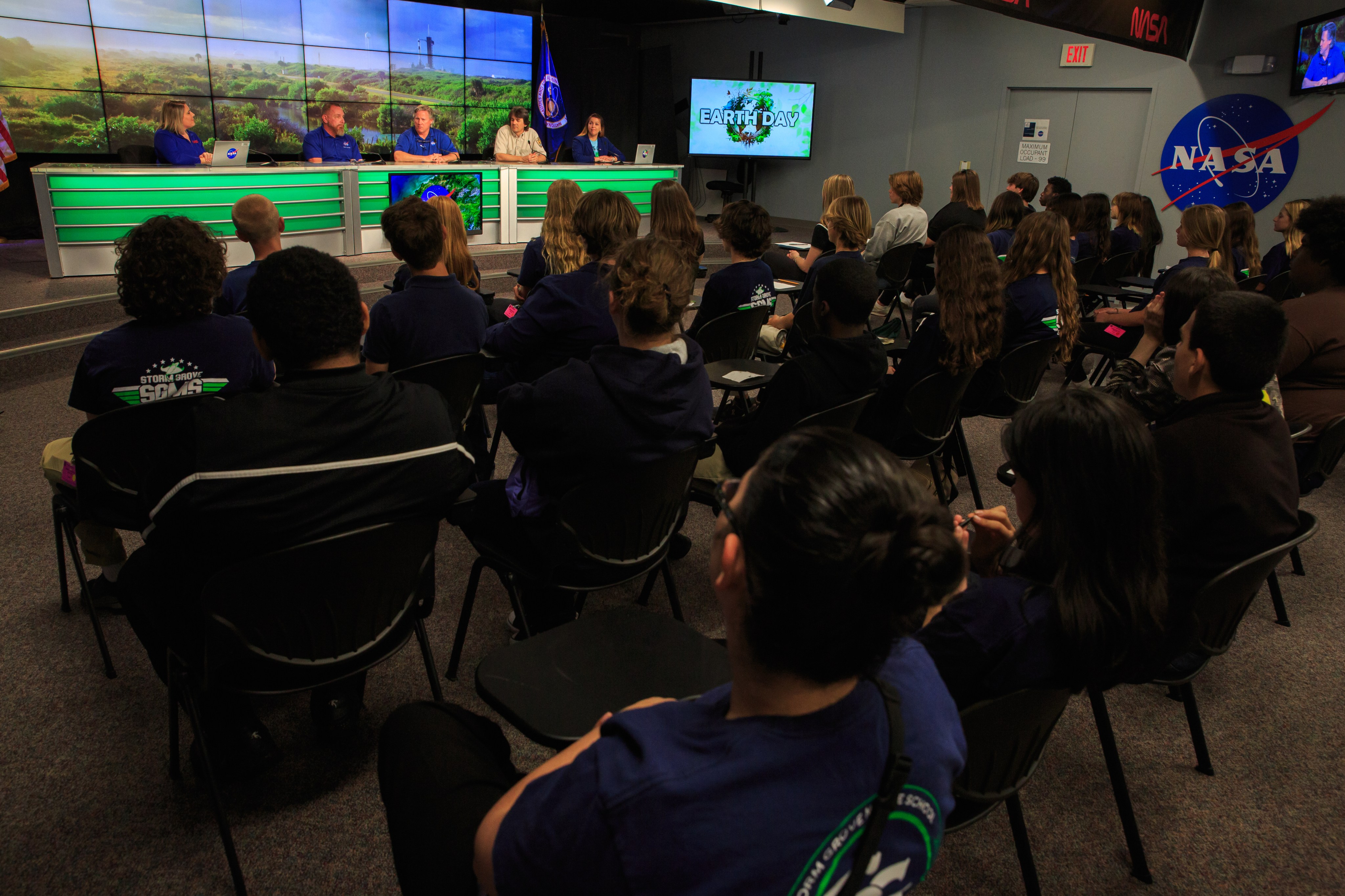
Why Do Open Science?
● Broadens participation and fosters greater collaboration in scientific investigations by lowering the barriers to entry into scientific exploration
● Generates greater impact and more citations to scientific results
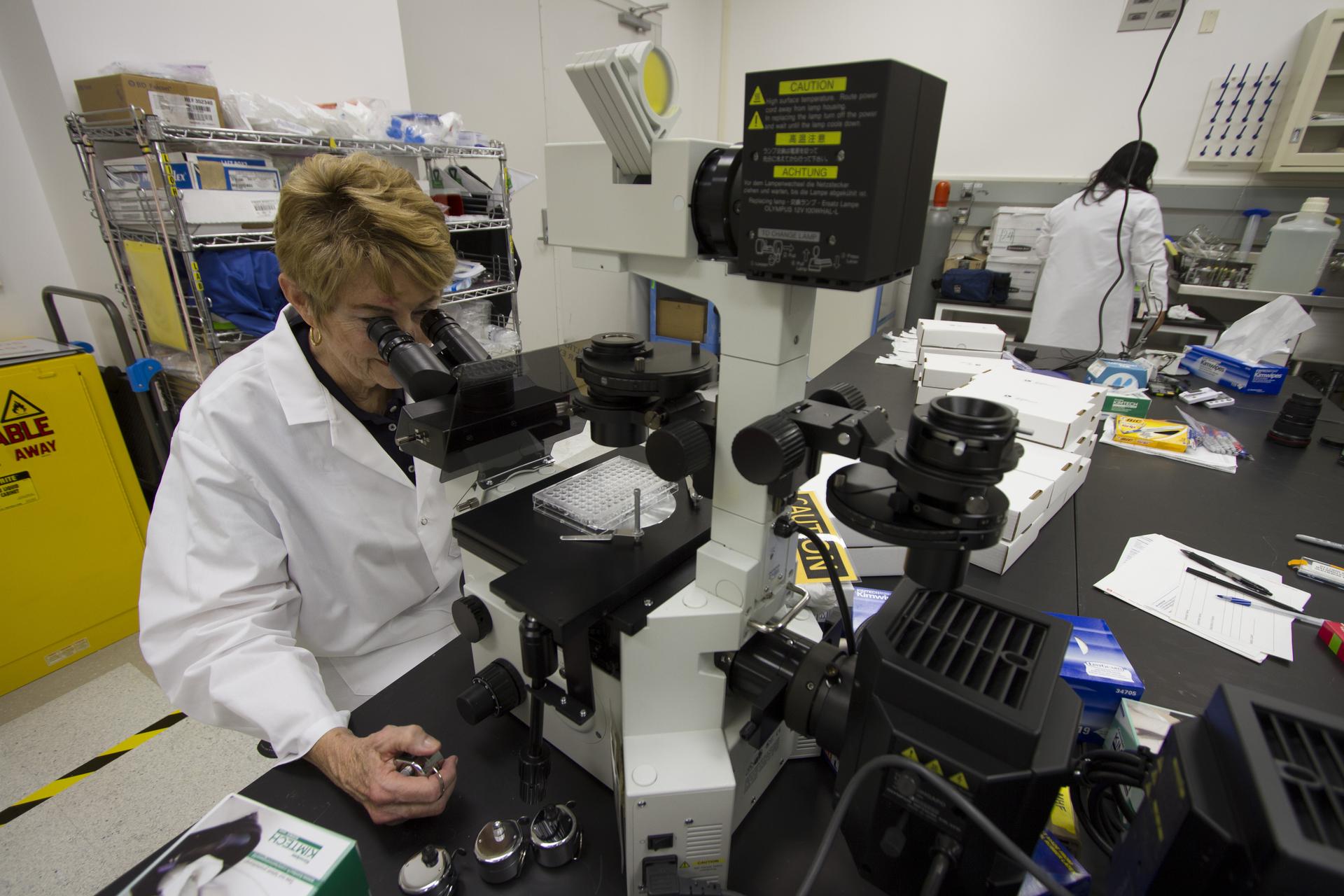
Open Science Features and Events

NASA’s Repository Supports Research of Commercial Astronaut Health
Data from the the Inspiration4 mission has led to the first comprehensive, open-access database to include commercial astronaut health information.

NASA, IBM Research Release New AI Model for Weather, Climate
Working together, NASA and IBM Research have developed a new artificial intelligence model which could open the door to better regional and local weather and climate models.

AI for Earth: How NASA’s Artificial Intelligence and Open Science Efforts Combat Climate Change
NASA and IBM Research teamed up to create an AI foundation model trained on Earth satellite data. The resulting tool will supercharge research into climate disasters.

Pale Blue Dot: Visualization Challenge Winners Announced
Five international teams took home top honors in a challenge to use open data to create visualizations highlighting the themes of zero hunger, clean water, and climate action.





